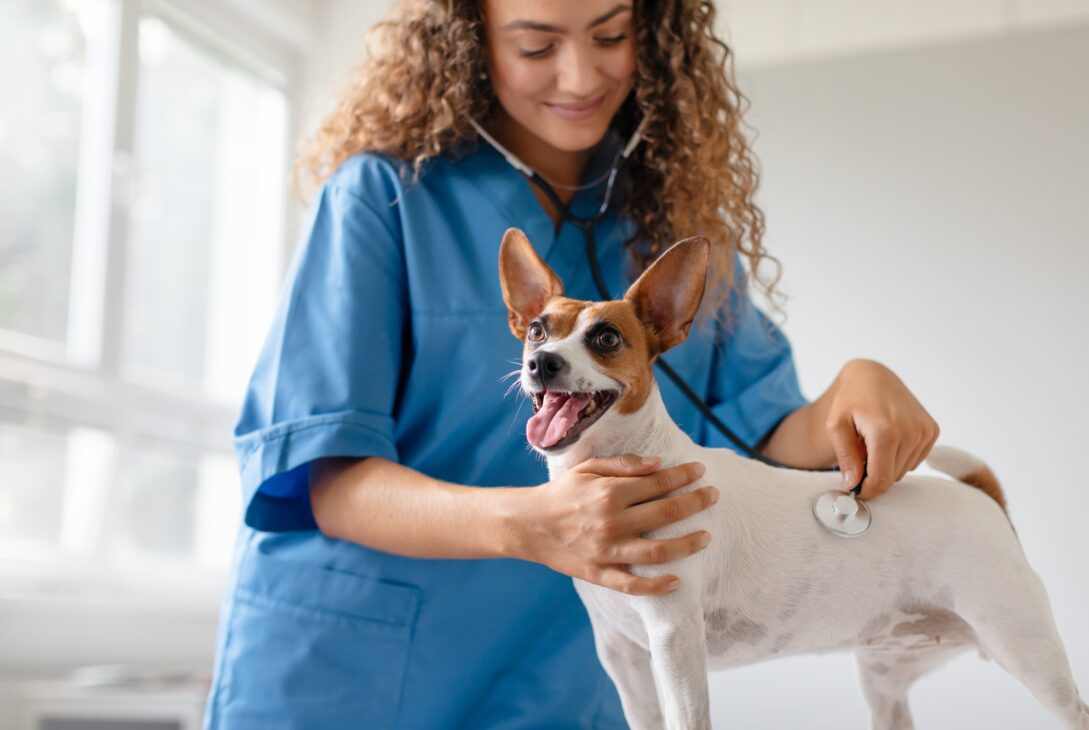Dogs don’t always bark for help. Sometimes, their most serious health issues begin with the quietest signs. A slight change in behavior, a new habit that seems harmless, or even a moment of stillness can carry deeper meaning.
This article explores the less obvious symptoms that often go unnoticed, how to spot them early, and what they might mean. The goal isn’t to create panic. It’s to build awareness. When you know what to look for, you can protect your dog long before a vet visit becomes urgent.
1. What “Normal” Isn’t: Spotting the Not-So-Obvious
Micro-behaviors That Signal Trouble
Most dog owners are trained to look for obvious red flags—vomiting, limping, whining. But dogs are subtle creatures. Often, illness begins in whispers. A normally social pup suddenly sleeping alone, a quiet hesitation before jumping onto the couch, or a skipped meal without drama. These are signs worth paying attention to.
Changes that seem behavioral can have physical roots. A dog that becomes clingy may be feeling weak. One that isolates might be dealing with pain. The earlier you notice the shift, the easier it becomes to intervene before problems escalate.
When Subtle Becomes Serious
One day of acting “off” may not be serious. But when these behaviors stretch into days, they usually mean something deeper. Subtle symptoms like occasional drooling, mild tremors, or extra blinking may be signs of neurological issues, dental disease, or internal inflammation. The key is noticing the patterns. Don’t wait until your dog cries out. Many never do.
2. Behavioral Clues That Signal Physical Issues
Sudden Aggression or Withdrawal
A dog that suddenly becomes irritable or withdrawn is not just having a “bad day.” Pain and discomfort can trigger defensive behavior. If your gentle pup snaps when touched, growls during grooming, or retreats when called, it could mean they’re hurting somewhere you can’t see.
This behavior is often misread as moodiness or dominance, especially in older dogs. In reality, it’s often joint pain, internal inflammation, or even vision or hearing loss making them feel vulnerable.
Loss of Interest in Routine
When a dog stops greeting you at the door, skips playtime, or shows no interest in food or walks, it’s a red flag. Lethargy that stretches beyond one day is one of the most common signs of illness—from infections to cancer. Even a slowed pace or reluctance to go outside can be a symptom of discomfort that deserves investigation.
3. When Small Symptoms Hide Big Problems
Paw Licking and Chewing
Constant licking or chewing of paws often gets dismissed as a habit or boredom. But it can signal allergies, fungal infections, or even anxiety rooted in gut imbalance. Dogs target their paws because nerve endings in the feet respond to internal discomfort. Chronic licking can also create open wounds and secondary infections if untreated.
If your dog is licking just one paw, that may suggest injury or joint pain. If it’s all four, allergies or systemic issues are more likely. Either way, the solution isn’t to stop the licking—it’s to address the cause.
Eye Gunk, Tear Stains, and Squinting
Some dogs naturally produce more tear fluid, but when discharge becomes thick, greenish, or persistent, it’s not normal. Eye issues are often linked to allergies, infections, or blocked tear ducts. Squinting or blinking excessively can signal pain or pressure behind the eye.
Especially in flat-faced breeds like French Bulldogs or Pugs, untreated eye problems can lead to ulcers or vision loss. Don’t ignore the gunk. It’s telling you something.
4. What Your Dog’s Eyes, Ears, and Paws Are Trying to Say
Ear Position and Movement
Ears speak volumes. Flattened ears can signal fear, but if your dog keeps one ear pinned back for long periods, they might be experiencing localized pain or infection. Head shaking, ear scratching, or tilting are often early signs of mites, yeast infections, or even neurological distress.
Sniffing the ears can help too. If there’s a sour or yeasty odor, that’s a sign of microbial imbalance that may need vet care.
Nail Growth and Foot Posture
Long nails aren’t just a grooming issue. Overgrown nails change your dog’s posture, which can lead to joint pain and spine misalignment. Dogs with sore paws or arthritis may also shift their weight to avoid pressure—watch how they walk. A limp may not be obvious, but a change in gait always matters.
5. Early Detection Equals Longer, Happier Lives
Tracking Patterns Without Paranoia
Being observant doesn’t mean being obsessive. It means knowing your dog’s baseline behavior and body language, so you can spot when something feels off. Keep a simple journal or app log of small shifts—eating patterns, bathroom habits, mood, and activity level.
It might seem tedious, but even minor changes recorded over time can give your vet invaluable clues. Prevention isn’t just about vaccines and deworming—it’s about noticing the invisible early warnings.
Know When to Seek Help
If you’re unsure, trust your gut. You know your dog better than anyone. If something feels wrong—even if the symptoms are mild—speak with your vet. Catching illness early almost always leads to better outcomes, less invasive treatments, and lower costs. Waiting for a clear emergency often means acting too late.
Conclusion
Not all health warnings come in the form of cries or limps. Often, the most dangerous issues start in silence. A little less energy. A little more licking. A look in their eyes that says, “Something’s not quite right.”
Your dog depends on you to notice the things they can’t say. And in return, they give you their trust, loyalty, and love—without hesitation. Learning to listen with your eyes, observe with care, and act without delay is one of the greatest gifts you can give in return.





















